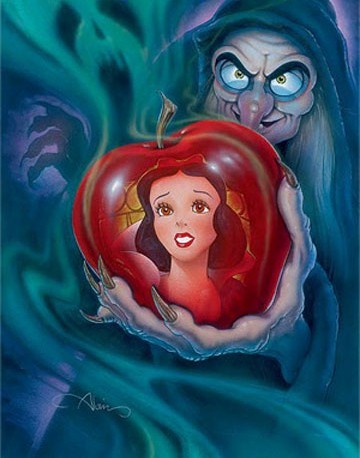History of Photography
 The First photograph was a Permanent Image. The inventor of the first type of photography was Joseph Nicephore Niepce, in which he used the camera obscura in order to burn a permanent image of the counryside at his Le Gras in the France Estate. The first permanent image was done onto a chemical-coated pewter plate. Joseph Nicephore Niepce calles this technique, which is his technique, heliography, which it means sun drawing. For this permanent image to happen, in black and white exposure, it takes eight hours to be processed and this fades significantly, but the imgae will still be seen on the plate nowadays.
The First photograph was a Permanent Image. The inventor of the first type of photography was Joseph Nicephore Niepce, in which he used the camera obscura in order to burn a permanent image of the counryside at his Le Gras in the France Estate. The first permanent image was done onto a chemical-coated pewter plate. Joseph Nicephore Niepce calles this technique, which is his technique, heliography, which it means sun drawing. For this permanent image to happen, in black and white exposure, it takes eight hours to be processed and this fades significantly, but the imgae will still be seen on the plate nowadays.
The first photo of a person taken. In the year of 1839, a French painter and chemist Louis-Jacques-Mande Daguerre took a photograph of a scene in Paris of a street, a scene which he saw from his apartment window in which to take the photograph he used a camera obscura and the newly designed invention of the daguerreotype process. The meaning of saying the long exposure time is when moving objects looking liek pedestrians and carriages which don't appear in the photograph. But when a photograph was taken there seemed to be seen an unidentified person who this man stops for a shoeshine and he remains in the same place long enough that he was the first person to ever be seen on a photograph.
 The year when Daguerreotype Era began. The process of the daguerreotype process became more popular because of the slots, a photo taken with the Daguerreotype process if the photograph taken by Ted V. Tamburo which was taken around the year 1850 from the second-story window in which there was a gaguerreotypist's shop which was located in the lower part of Manhattan at the bottom part of the Brooklyn Bridge.
The year when Daguerreotype Era began. The process of the daguerreotype process became more popular because of the slots, a photo taken with the Daguerreotype process if the photograph taken by Ted V. Tamburo which was taken around the year 1850 from the second-story window in which there was a gaguerreotypist's shop which was located in the lower part of Manhattan at the bottom part of the Brooklyn Bridge.
Photography Nowadays
The first commercial
 Digital camera which was commercial was the digital still camera. The first camera that was commercially available was the Kodak which was a professional digital camera which was made in the year 1991. The Nikon F-3 camera in its days was really expensive and was mostly shown and was recommended to professional photographers, this camera had a fitted body with a digital sensor. Within the passing five years, a lot of companies decided to make a more affordable digital camera models, and nowadays in the market place was completely defeated with the thousands of digital still cameras.
Digital camera which was commercial was the digital still camera. The first camera that was commercially available was the Kodak which was a professional digital camera which was made in the year 1991. The Nikon F-3 camera in its days was really expensive and was mostly shown and was recommended to professional photographers, this camera had a fitted body with a digital sensor. Within the passing five years, a lot of companies decided to make a more affordable digital camera models, and nowadays in the market place was completely defeated with the thousands of digital still cameras.References:
- National Geographic Image Collection Book: Preview the New Photo Book. 2013. National Geographic Image Collection Book: Preview the New Photo Book. [ONLINE] Available at: http://photography.nationalgeographic.com/photography/image-collection/. [Accessed 09 April 2013].
- A History of Digital Cameras | new-digitalcamera.com. 2013. A History of Digital Cameras | new-digitalcamera.com. [ONLINE] Available at: http://new-digitalcamera.com/a-history-of-digital-cameras/. [Accessed 09 April 2013].


















.jpg)























